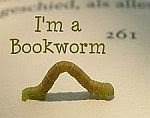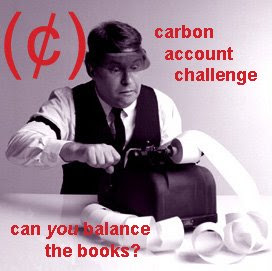Throwing an Eco-Friendly Labor Day Party
 The end of summer is upon us and the weekend is here. Time for one last party before the kids head back to school and the leaves start to change color. Nothing says Labor Day quite like a backyard bash with friends and family. Here are some helpful tips to make your Labor Day Party a little more fun and a little less damaging to the environment.
The end of summer is upon us and the weekend is here. Time for one last party before the kids head back to school and the leaves start to change color. Nothing says Labor Day quite like a backyard bash with friends and family. Here are some helpful tips to make your Labor Day Party a little more fun and a little less damaging to the environment.- Don't Serve Beef - This is one of the biggest wastes of water and resources (more info here) you'll find at a BBQ. Opt out of traditional hamburgers and offer turkey, tofu or veggie burgers instead. Better yet, try grilling up some yummy turkey legs, BBQ chicken breasts or spiced shrimp.
- Use Real Dishes - Assuming you have grown-ups at your party who are capable of carrying around a real plate, then use them! If you can't bear the thought of washing all those dishes, as least try using corn-ware instead of plastic-ware (compostable, biodegradable, corn-based products .. check out this store for a big selection). I've sampled plates, cups and straws and they all work great!
- Buy Food in Bulk - This should be fresh in your mind anyhow, since I just posted about it yesterday. If ever there was a time to head over to Costco and get the 40 pound bag of tortilla chips, this is it!
- Buy Local Foods - Be sure to hit your farmers market before the bash to get the freshest local foods you can. Not only will they taste great, but they'll have put far fewer pollutants in the air compared to their cross-continental competition.
- Get a Keg - No sense wasting resources by buying lots of bottles and cans, when you can get a couple of refillable kegs (one regular, one light). No bags full of bottles to recycle, no worry about people throwing them in the trash, just two empty kegs to return and you're done. Bonus - you get to see which college buddies can still do keg-stands!
- Take Care of the Trash - Make it easy for guests to know where to put food scraps, corn-ware, recyclables and real trash by having separate trash cans set out for each. Be sure to label them all. This will make it much easier for you to compost and recycle later!
Most importantly, be safe. Don't let your guests drink and drive -- we need to keep all our ecologically-minded friends alive to help us fight the good fight. I hope you all have a great holiday weekend! I'll be taking some "posting time off" again to enjoy the weekend with my family. Have a very safe and happy Labor Day! See you all Tuesday!











